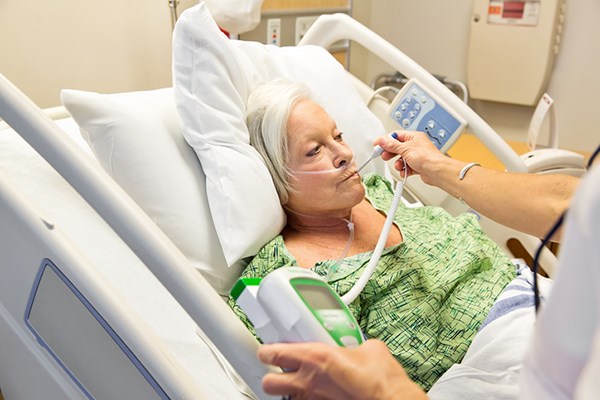Article
Broman ME, Vincent JL, Ronco C, Hansson F, Bell M. The Relationship Between Heart Rate and Body Temperature in Critically Ill Patients. Crit Care Med. 2021 Mar 1;49(3):e327-e331. doi: 10.1097/CCM.0000000000004807. PMID: 33566464.
Objective
To determine the relationship between heart rate and body temperature in critically ill adult patients
Background
In critically ill patients, increased metabolic demand results in increased cardiac output. Increased heart rate in these patients can also be secondary to other conditions such as hypovolemia, heart failure, anxiety, or pain. Previous studies have shown that heart rate is directly correlated with temperature.1-4 These studies however are limited to children, emergency room patients, or healthy volunteers thus limiting their extrapolation to critically ill patients. A better understanding of the relationship between temperature and heart rate could improve clinical decision making by identifying what is an appropriate increase in heart rate caused by an increased temperature as compared to an increase in heart rate secondary to another cause.
Design
Single center, cross sectional, retrospective analysis of prospectively collected data
Population
All patients admitted to a single large academic mixed ICU in Sweden between November 2006 and August 2019
Study Measurements
- Body temperature (98% measured invasively)
- Heart rate
- Age
- Sex
- Hemoglobin
- Base excess
- Magnesium
- Use of adrenergic agents
- SOFA score
Methods
A multiple linear regression model was developed with temperature, sex, age, hemoglobin, magnesium, base excess, and use of adrenergic agents and SOFA score as covariates in the model. Significance level was set at 5%.
Key Results
- 472,941 paired temperature and heart rate readings were obtained from 9,046 patients (56.3% male, mean age 54 ± 21 yr)
- For each 1°C increase between 32.0°C and 42.0°C, the heart rate increased linearly by 35 (±0.50) beats/min (p < 0.0001), with an r2 of 0.855
- In the regression analysis, for each 1°C increase in temperature, the heart rate increased by 7.24 (±0.29) beats/min in men and 9.46 (±0.44) beats/min in women (p = 0.014)
- Each 1 point increase in SOFA score was associated with a 0.68 beats/min increase in heart rate (p < 0.0001) with further analysis by organ system detailed in the study
- The relationship between heart rate and temperature was not significantly influenced by age, hemoglobin, magnesium concentration, base excess, or administration or adrenergic agents
Strengths
- Large data set of closely monitored critically ill patients
- Invasive temperature measurements
- Findings that are in agreement with other similar studies in acute medical patients and adult ED patients 3, 4
Limitations
- Single center
- Swedish population likely different in many ways such as race, socioeconomic status, and chronic health conditions compared to American patients
- Medically complex patients with many potential confounders
EM Take-Aways
In critically ill adult patients for each 1° C increase in body temperature there is an associated 8 beat/min increase in heart rate. In febrile and tachycardic patients, the heart rate should be evaluated in this context to determine if the patient’s heart rate is an appropriate response to their temperature when managing other variables that are correlated with heart rate such as fluid status or pain and before pursuing a further workup investigating a patient’s tachycardia.
References
- Tanner JM. The relationships between the frequency of the heart, oral temperature and rectal temperature in man at rest. J Physiol. 1951; 115:391–409.
- Davies P, Maconochie I. The relationship between body temperature, heart rate and respiratory rate in children. Emerg Med J. 2009; 26:641–643.
- Jensen MM, Kellett JG, Hallas P, et al. Fever increases heart rate and respiratory rate; a prospective observational study of acutely admitted medical patients. Acute Med. 2019; 18:141–143.
- Kirschen GW, Singer DD, Thode HC Jr, et al. Relationship between body temperature and heart rate in adults and children: A local and national study. Am J Emerg Med. 2020; 38:929–933.




